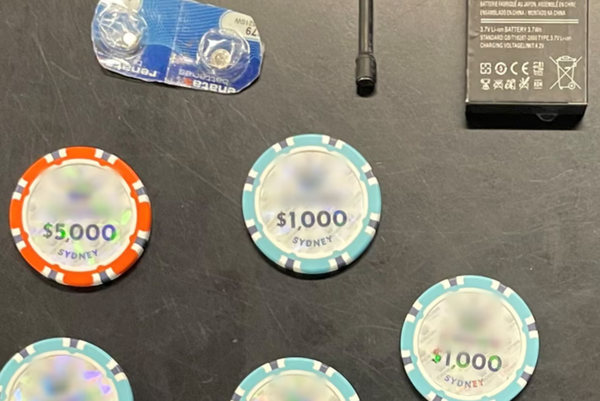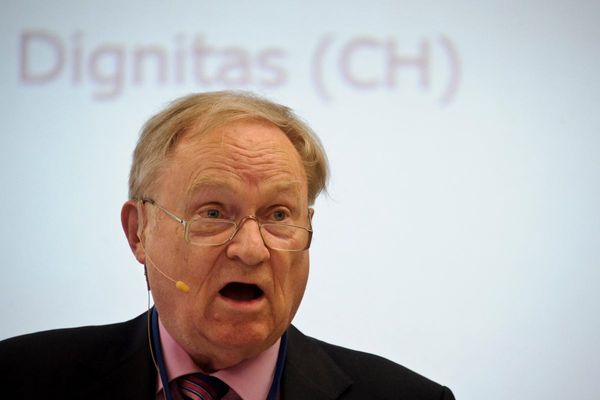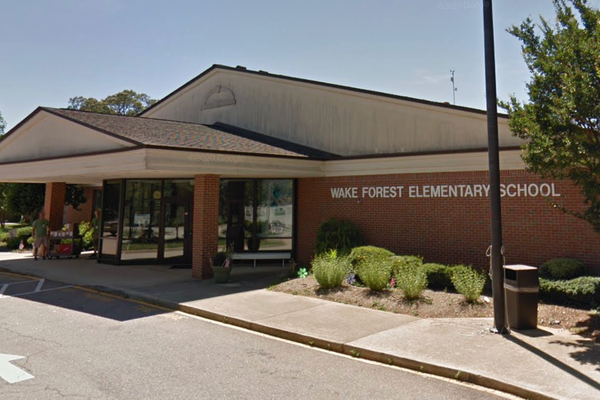
In a boggy field in northern France, Mathieu van der Poel made his way through the rain to sign on at the Tour de France. The day ahead, he knew at the time, was almost written for him. At more than 200km – the race’s longest stage – and finishing in a litany of punchy climbs, the Tour had warped into a Classic. Who else but the peloton’s best one-day racer to take centre stage?
“We’re used to this kind of racing,” Van der Poel said afterwards, his new yellow jersey testament to the fact. “It was super nervous all day, fighting for position, and I think as a team we’re used to this, we’re also good at it.”
Good is a modest assessment from a man who has won both the Tour of Flanders and Paris-Roubaix three times.
In Boulogne-sur-Mer on Sunday, the finish was etched at the top of a winding drag. The city’s stone ramparts looked down the hill, lined with thousands of fans. Van der Poel knew that, if he arrived in front with 150m to go, he’d probably last to the line.
“This morning I had a video of the finish line and I studied it a couple of times," he said. "I knew what I wanted to do, and I could execute it perfectly.
"It became a bit tricky going into the last 10km with some attacks, but I just stayed patient, hoped that everything would come back together, and then at the last kilometre, I knew perfectly what to do."
Tadej Pogačar (UAE Team Emirates-XRG) followed on the Dutchman’s wheel, Jonas Vingegaard (Visma-Lease a Bike) tucked in behind, but neither could muster the speed to tear past. The stage win, and the yellow jersey, went to Van der Poel – four years after his first at the Tour.
“I’ve struggled a bit the last few years,” he said – in the last two editions of the race, he failed to score even a top-10 finish. “It’s also the circumstances. I get a course that I’m used to, that I’m good at the first week here, and that makes a difference, of course. It also shows how hard it is to win a stage at the Tour in general.”
There were no cobbles or double-digit gradients on the Tour’s second day, only the promise of a hectic, fast-paced finale, a playground where the Dutchman thrives. When the route was unveiled last October, Alpecin-Deceuninck pinpointed it as a chance for their leader. Van der Poel prepared the way he knows best.
“I think we tried to copy [the preparation] a bit like we do in a Classics season,” he said, “with an altitude season, and then racing the [Critérium du] Dauphiné, which is [the equivalent of] Tirreno-Adriatico before the Classics, and then going back on altitude and doing the Tour.”
Did the idea pay off? “I think it was a good decision,” Van der Poel continued. “This Tour de France is a parcours where I can really excel, and I think this also makes a difference that there’s a lot of opportunities.”

As they did for Jasper Philipsen on stage one, Alpecin-Deceuninck’s staff punched the air outside their team bus at the end of stage two. The yellow jersey had changed hands, but stayed within their team. Front row during the podium presentation, Van der Poel’s girlfriend grinned and clapped as he received his.
“It’s an amazing start to this Tour de France for our team,” he said. “We’re going to try and enjoy [the yellow jersey] as long as we have it in our team.”







